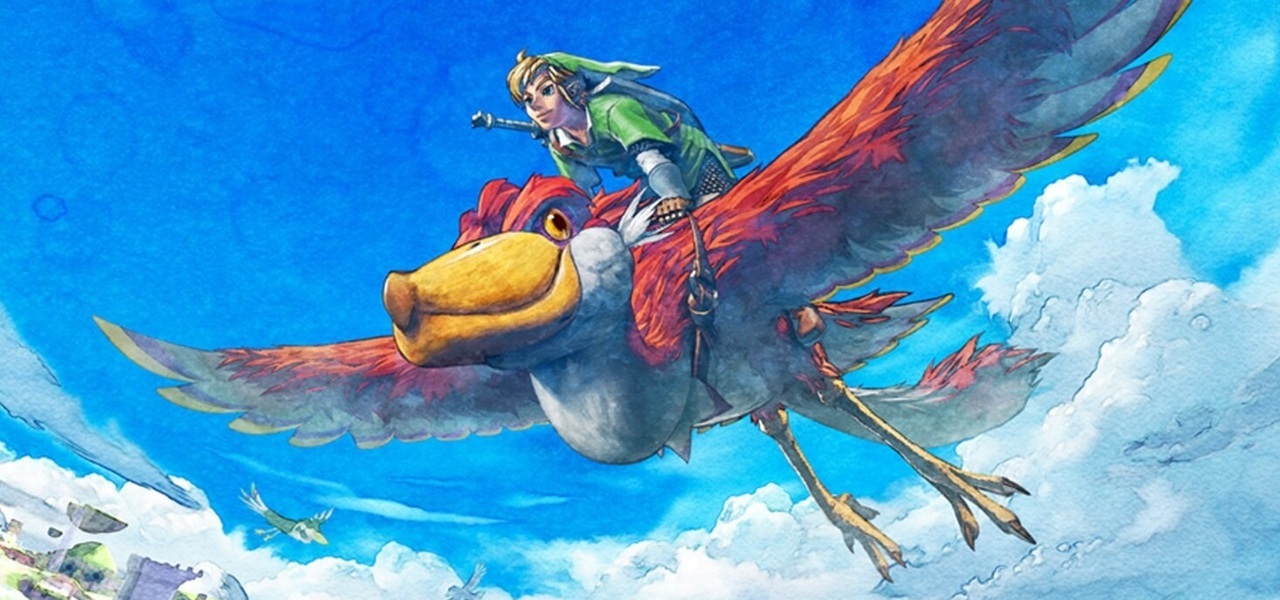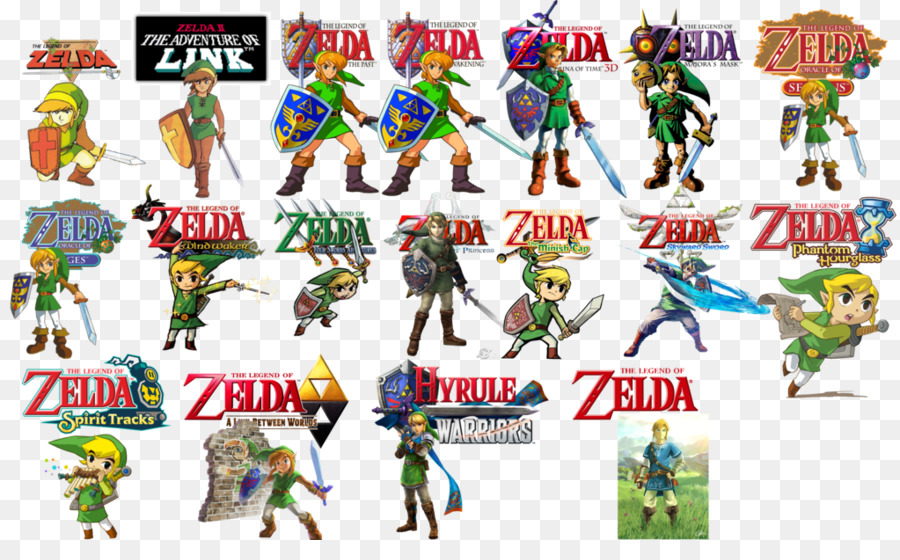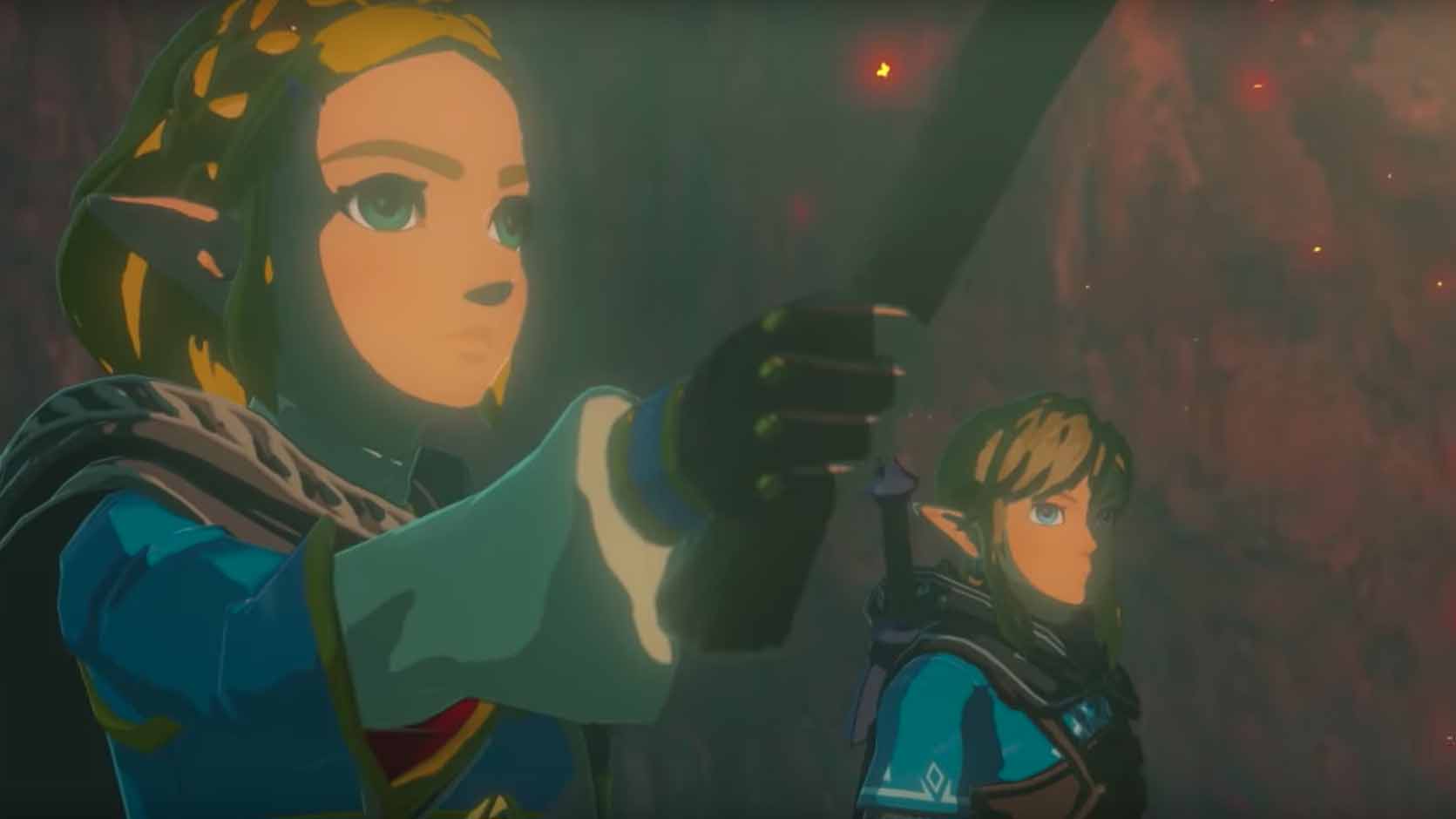Retrospective: The 2010’s Were An Amazing Time To Be A Zelda Fan
Posted on June 13 2020 by Sean Gadus

The Legend of Zelda series is about to celebrate its thirty fifth anniversary in 2021. The long running series has left a huge mark on gaming. Because of its long and continued excellence, the series has multiple generations of diverse fans from across the world. The community surrounding the series has developed a great deal in the past thirty years, and it is amazing to see how the series and its fan base have grown.
I’ve been an avid Zelda fan for the past two decades, and in reflecting on that time, I came to realize that the 2010’s were a special time to be a fan of the series. The past decade saw games within the series become widely accessible for new and returning fans. Special events like the Symphony of the Goddesses allowed fans unique access to the music of the series. Finally, the decade was full of experimentation, culminating with the series achieving immense critical and commercial success with Breath of the Wild. Overall, the 2010’s were a great time to love the Zelda series,and almost every fan had something to look forward to throughout the decade.
I. The Games Were Widely Accessible For Both New and Longtime Gamers

The 2010’s were a great time to be both a new and returning Zelda fan because the most games in the series were more widely available than in previous decades. Many classic games like the 1986 original, Zelda II: The Adventure of Link, and A Link To The Past were available at various points on the Wii, 3DS, and Wii U virtual consoles/e-shops. Additionally, the prices of these titles were often fairly affordable. The easy access and low price point made it easy for new fans to purchase classic Zelda games.
Additionally, returning fans who missed out on previous classic systems, like myself, got a chance to play past games. Fans didn’t have to buy an NES or SNES to play the games, and they didn’t have to lose sleep trying to buy an overpriced NES or SNES classic on eBay. As a kid, I never owned a Game Boy Advance, but the Wii U virtual console allowed me to get my hands on The Minish Cap for the first time. The accessibility of classic games on e-shops and Virtual Consoles allowed fans to close gaps in their play history or play classic Zelda games for the first time.
Another great feature for accessibility was the backward compatibility of systems like the 3DS and Wii U. The backwards compatibility of the 3DS meant that fans could play both DS Zelda games, Phantom Hourglass and Spirit Tracks, on their 3DS. Old fans didn’t have to buy a new DS if their handheld system broke, while 3DS owners could just pick up the two games without getting an extra system. One of the bright spots of the relatively unsuccessful Wii U was its backward compatibility with Wii games. This feature allowed gamers to play both Twilight Princess and Skyward Sword easily on what was at the time the newest Nintendo hardware.
Finally, the decade had an assortment of great (if more expensive) remakes and ports. These ports and remakes gave fans news ways to appreciate older games. Both Ocarina of Time and Majora’s Mask received excellent 3DS ports which provided excellent quality-of-life improvements and beautiful graphical face-lifts. Some fans might even consider these 3DS versions to be the optimal way to play the N64 classics. The Wind Waker (Wii U) and Link’s Awakening (Switch) were both praised for their graphical beauty and the way they update older games for modern audiences. Even Twilight Princess‘ remaster gave fans a lot to be happy about, including a new challenge dungeon and both versions of the map (GameCube and Wii).
II. A Wide Variety Of Merchandise From The Series Was Available For Purchase

Fans of the Legend of Zelda series also had access to a wide range of physical merchandise during the 2010’s. From t-shirts and hoodies to statues and figurines, the licensing presence of the Legend of Zelda brand became nearly ubiquitous.
Most notably, Nintendo created a variety of Zelda-related amiibo during the past decade. While the series’ first amiibo representative, the Super Smash Bros. version of Link, is often ridiculed for its pose and quality, Zelda amiibo improved greatly as Nintendo continued to produce new lines of figures. The later amiibo, which include versions of Link from a variety of games (including a massive 8-bit Link), several versions of Zelda, and a variety of characters from Breath of the Wild, had an impressive level of detail. My favorite Zelda amiibo is Link from Ocarina of Time, which was one of a few amiibo for which I headed out to the store on the first day of their release. Overall, these figures were sought-after items that got collectors excited… while also giving some collectors headaches. But despite stock concerns, many fans were able to get Zelda amiibo and proudly display them in their houses, bookshelves, and cabinets.
In addition to amiibo, there were a variety of epic but expensive statues available through Dark Horse and First 4 Figures. The Dark Horse statues were the more affordable of the two, and I was fortunate enough to receive the Skyward Sword Link statue as a birthday present. The First 4 Figures were far more expensive, but offer incredible detail and quality for the price tag. There are some incredible statues from the First 4 Figures line, including Link Riding Epona, Link on the Loftwing, and Link with the King of Red Lions. These statues are extremely detailed and have an incredible level of quality, making them gorgeous decorations. They are not something that everyone can afford, but for those who can, they offer the best possible quality one could ask for.
In addition to the figures and statues, there was a great deal of official and custom fan merchandise available over the decade. Game stores and some big box retailers even sold licensed Zelda t-shirts, hoodies, hats, pins, and socks. Nintendo released several special edition consoles, such as those for the 3DS and Wii U; though these releases were dogged with stock issues, they still provided value for many fans. In addition to the official merchandise and systems, designers/digital store fronts on sites like Etsy and Red Bubble gave fans access to beautiful custom merchandise. Whether it was cool t-shirts, exquisite art pieces, stylish pins, or other excellent items, fans had access to the work of thousands of creative designers and artists. In short, if you were looking for an item for yourself or as a gift, there were more purchasing options than ever before. It was easier than even for fans to express their love for the series or adorn themselves with amazing Zelda items.
III. The Symphony of the Goddesses Gave Many Fans A Once In Lifetime Opportunity

The music of The Legend of Zelda is a key part of the series’ identity. In the 2010’s, Symphony Of The Goddesses (and the preceding 25th Anniversary Concerts) gave fans a special way to experience the music of the series. Symphony of the Goddesses was a two to three hour orchestra show that was exclusively dedicated to showcasing the Zelda music. The orchestra tour has several tours that took the show through several continents from 2012 to 2017.
For someone who played an instrument for eight years and listened to Zelda music every day; the show was a really special experience for me. When I went to the show for the first time in 2015, I had never been in a room with more than five people who enjoyed playing Zelda games. When I arrived at the concert, I was surrounded by thousands of people wearing Zelda shirts, Zelda hats, and Zelda costumes. It was an emotional experience for me and one of the first times I actually felt like being a Zelda fan made me part of a rich community. Seeing all of the fans together at the show helped me understand how diverse and wide spread the Zelda fan base is. That diversity is part of what makes the Zelda community so amazing. Sitting in a theater with thousands of cheering and joyful fans was a tremendous moment in my life as a gamer.
Fortunately for fans who could afford to go to the concert series, the show toured several times until 2017. The multiple tours meant that many fans had a chance to see the show. Overall, the concert focused on the big four of Ocarina of Time, The Wind Waker, Twilight Princess and A Link To The Past, but it also highlighted more music from across the series’ long history with each new tour. For example, Symphony of the Goddesses was the first time I ever heard “Ballad of the Windfish”. Hearing that song for the first time completely blew my mind. I went home and looked up the Game Boy original and covers of the song. In short, the show was a celebration of the music of the entire series, and it was a joyful event for old and new fans alike. New fans got to hear music from across the series, while old fans got to hear the songs they grew up loving in new and wondrous arrangements.
IIII. The Decade Was Filled With Innovation and Success

Throughout the 2010’s, Nintendo experimented with many aspects of the Zelda series. Skyward Sword experimented with an intriguing motion control system that captured the feeling of swinging a sword in a way that Twilight Princess‘ Wii release only hinted at. While some fans were happy to go back to the more traditional controls, others (including myself) greatly enjoyed the motion controls. Nintendo also experimented with gyroscope aiming for both ports of The Wind Waker and Twilight Princess, which paved the way for the same aiming controls in Breath of the Wild. On the 3DS, A Link Between Worlds experimented with many aspects of the series, like item acquisition and dungeon structure. Players had the ability to rent and buy items from Ravio, and this change allowed players to tackle the dungeons of Lorule in any order. Finally, Tri Force Heroes experimented with a three-player Zelda game, though the results were mixed.
In many ways, Breath of the Wild was the culmination of the many experiments and risks that the series had undergone over the decade. Some fans complained that the design template set forth by Ocarina of Time had run stale by the time Skyward Sword was released in 2011, and the criticisms of the Wii game were used as feedback during the development of Breath of the Wild. The ability to confront dungeons in any order, which was first experimented with in A Link Between Worlds, was also used for the four Divine Beasts. Overall, the open-air design set forth in Breath of the Wild used a great deal of ideas from previous Zelda games and still has a great amount of untapped potential. The design philosophy and gameplay established in Breath of the Wild gives the developers new ways to innovate and experiment in the next decade. The release of Breath of the Wild‘s sequel will be a big test to see if Nintendo can find new ways to innovate with the open-air design. Regardless, it feels like the design style can sustain the game series for years to come.
Finally, the series has been extremely successful financially throughout the decade. The remakes on 3DS, Wii-U, and Switch have all been extremely successful and demonstrate continued interest in the franchise. Additionally, the release of Breath of the Wild in 2017 was an unprecedented success. The game has currently sold over 17 million copies and has garnered critical acclaim from fans and critics. Even three years after its release, new Switch owners are still buying the game and discovering its beauty. The series is extremely healthy from a sales standpoint, and it feels like any release with the Zelda name becomes instant gold. Fans won’t have to worry about a sequel to Breath of the Wild because Nintendo saw the incredible success of Breath of the Wild and almost immediately starting work on the game’s sequel, which was announced at E3 2019.
Conclusion

Looking back, the 2010’s were a great time to be a Zelda fan. The games were more accessible than ever before. Classic games were available on various Virtual Console services, backward compatibility meant some previous games could be played on newer hardware, and Nintendo also released gorgeous new versions of older games. Fans had easy access to various merchandise for the series, including clothing, amiibo, statues, and a variety of custom-made goods. Symphony of the Goddesses was an excellent celebration of the series’ amazing music and a joyful event for all who could attend it. Finally, the release of Breath of the Wild near the end of the decade was the exclamation mark on a decade of creative experimentation and financial health.
Let’s hope that the decade ahead is as bright as the decade that just came to a close. If it is anywhere close to the 2010’s, Zelda fans are in for a wild ride.
Sean Gadus is an Associate Editor at Zelda Dungeon. He loves playing video games, reading books, and geeking out about all things Star Wars and Batman. His first Zelda game was Ocarina of Time. He is currently exploring the hellish depths of Rapture in Bioshock and rereading Vicious by V. E. Schwab.

Sean Gadus is a Senior Editor at Zelda Dungeon. His first Zelda game was Ocarina of Time, and he loves all of the 3D Zelda games from 1998-2011. The final battle of Tears of the Kingdom is one of his favorite final battles in the entire series. He wants to help build a kinder, more compassionate world. You can check out his other written work at The-Artifice.com.



